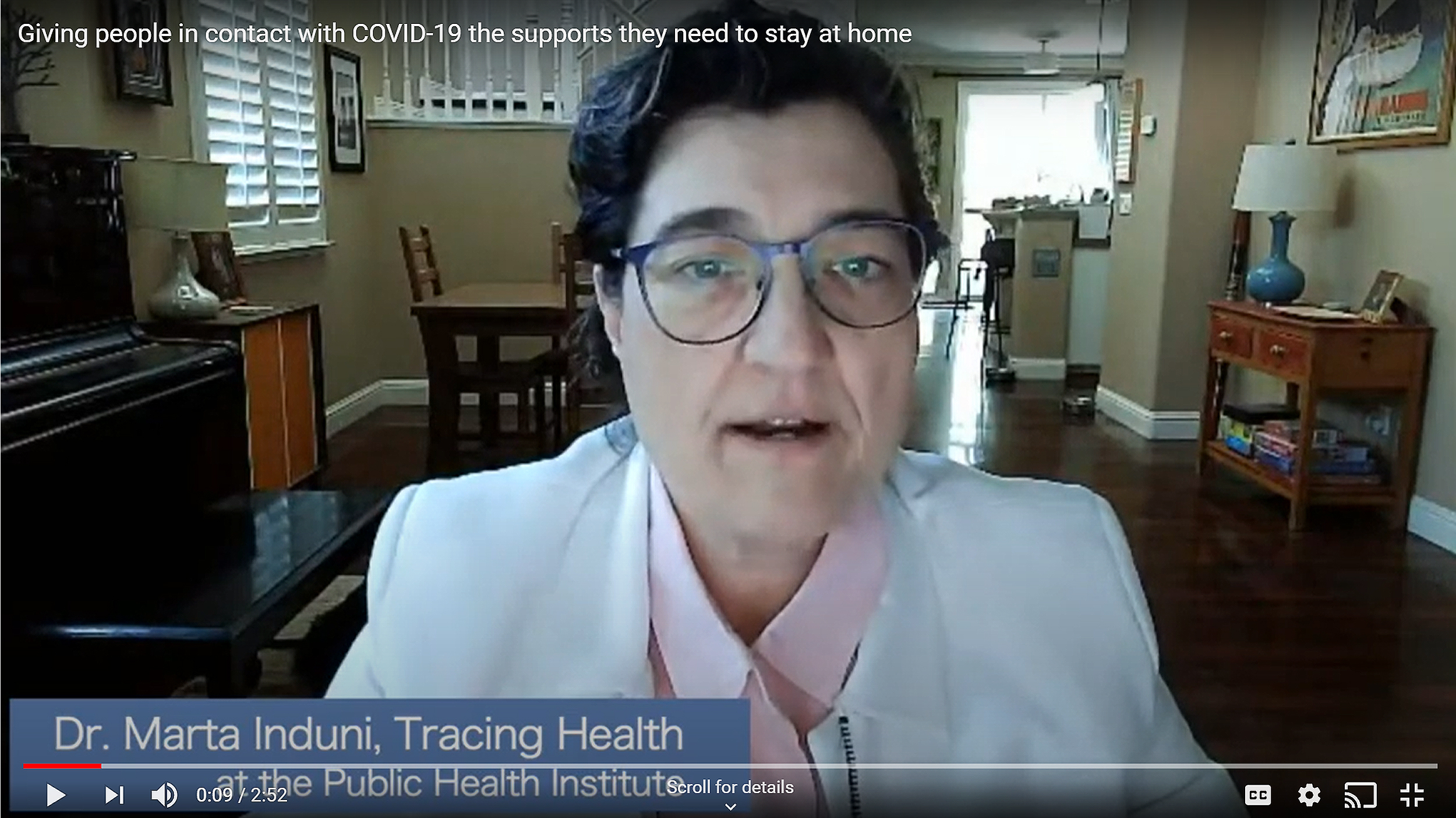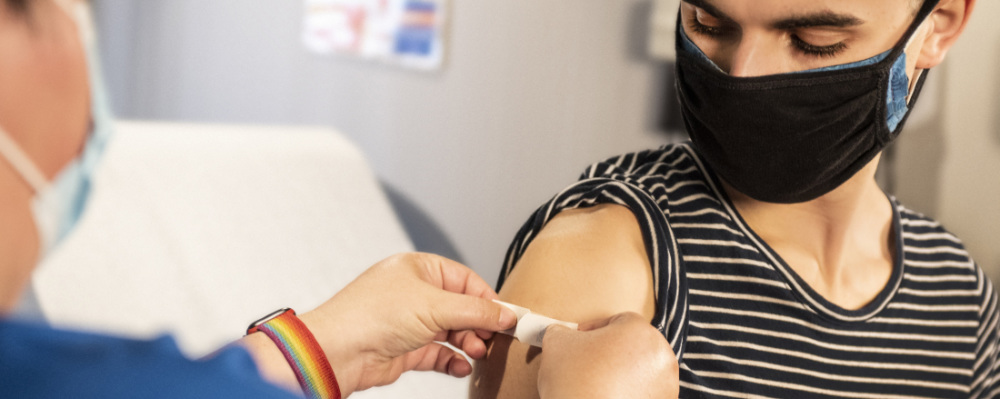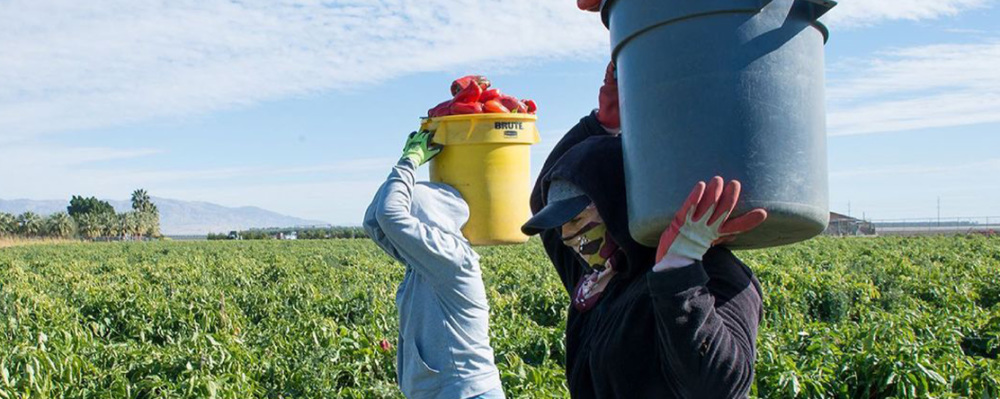
Interview with Tracing Health’s Dr. Marta Induni: Giving people in contact with COVID-19 the support they need to stay at home
-
Focus Areas
Communicable Disease Prevention -
Programs
Tracing Health -
Strategic Initiatives
COVID-19
Many people have questions about contact tracing—from how it works, to how data is used, to whether people have the supports they need to stay in isolation. To answer these questions, PHI sat down with Dr. Marta Induni, head of PHI’s Tracing Health program—one of the earliest contact tracing initiatives in the country. Below is Part I of our discussion with her, lightly edited for context and clarity. See Part II.
What is contact tracing?
Marta: Contact tracing has been around for many decades. It’s been an important tool for public health, when tracking infectious disease or other communicable disease in general. For example, it is used a lot for STD control and even still for HIV and other infections where it is important to know who might be at risk of getting sick.
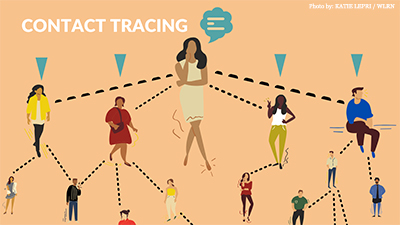 It’s typically understood that for everyone that gets sick with COVID-19, they will get two people sick. So if I get sick, the average is I’m going to get two more people sick. It doesn’t sound like a lot, but if you keep multiplying by two and two and two, after a few days your whole neighborhood is sick.
It’s typically understood that for everyone that gets sick with COVID-19, they will get two people sick. So if I get sick, the average is I’m going to get two more people sick. It doesn’t sound like a lot, but if you keep multiplying by two and two and two, after a few days your whole neighborhood is sick.
What contact tracing does, is we are trying to reduce that escalation and we call people and we’re asking them to help knock that down. Maybe you go from contaminating two people to maybe just contaminating one person, and you can imagine what a huge difference that makes in flattening the curve. You are holding steady then for illness, and so that’s how contact tracing helps. We are asking people to stay in their homes, explicitly not to get other people sick.
Another trick with COVID is a lot of people are asymptomatic; they might have the virus and not know it, or they might get the virus eventually. It can take up to two weeks for symptoms to show, and that’s how that quarantine period of two weeks was chosen. If you are going to get sick, you are going to get sick in those two weeks. That’s exactly why [we ask folks to isolate]; we are hoping not to keep spreading the virus.
I wish there was more marketing around why it’s important to participate in contact tracing. It is a way that you are helping your community. You are helping your coworkers. You are helping your neighbors not to get sick. And you are helping someone else’s grandmother not to get sick.
“It is a way that you are helping your community. You are helping your coworkers. You are helping your neighbors not to get sick. And you are helping someone else’s grandmother not to get sick.”
—Marta Induni, Tracing Health
The contract tracing process
Marta: Initially we start with a case, and a case is someone we know to be sick. It could be because we have gotten confirmation from a lab or a hospital, and a county gets alerted about this case and then the [sick person] is interviewed. Part of that interview process is to determine who they might have come into contact with. Often times early on, it was fewer people, maybe two or three. Now, because communities are opening up more, we have a lot more contacts to track. Some folks have been in contact with more than thirty contacts in a day. The average is probably around ten.
We get as much information as we can around the contacts. We try to get their phone numbers and names, so that we can call them and alert them, and let them know, “Hey, you have been in close contact with someone who is sick, so we are going to ask you to quarantine please, and this is what quarantine looks like.”
We ask them to be in their home and be careful for fourteen days. And there’s some math involved because it’s not fourteen days necessarily from that particular day, but fourteen days from when they had that contact with the sick person, and so it may just be that there’s twelve days left. We really try to keep them to that time frame.
We have very specific metrics from our county health departments. They want to make sure we call sick people within 24 hours. Then we call contacts within 48 hours. We call at least 80% of them every day for two weeks.
If it’s an actual sick person, they are asked to isolate. We are asking them to not be in touch with anyone. If they live in a household with other people, we ask them to really just stay in a room by themselves, and maybe get some support from the people they are living with for food and other support. It’s really hard to isolate, and we are trying to avoid that. We are trying to avoid more and more people getting sick, and that’s the contact tracing process. We will call contacts every day until their quarantine and isolation is over.
Data, privacy and how information is used
Marta: Before we even enter into a contract, we have Public Health Institute sign a business associate agreement or a data sharing agreement with each county, and that means that we are promising to follow all the rules that the county follows. When we are dealing with medical data, which this is, we employ the highest standards for confidentiality and not just confidentiality, but around data security. All our data is encrypted which means, basically, it is all coded. There’s no way to break that encryption between two parties.
There are federal laws that govern what we can and cannot do with data. We follow all laws strictly. We find it very important to follow, not just HIPAA but also all other sorts of medical and private health information recommendations: encrypt the data; limit its use; limit its access. We are not even allowed to look at other people’s data, except who we are working with.
We are really proud of that trust that the county has with us, or the health district. There is trust between the relationships. There is trust in how we handle the data, and then there’s trust that we are giving out the right information.
Not only do we have technological data security standards and practices in place, but we do a lot of training with our contact tracers specifically. We don’t allow people to write anything down in their homes. For example, everything has to be done on a shared network where those servers are held in the county offices, and no one else can get to them. We employ a lot of data security practices outside of the technology because we know that is just so critical. We hold that up as top priority because we are representing the counties, we are working hand-in-hand with counties, and we are working with sick people, and we really know that that data is ultimately ours to shepherd and to guard carefully. People’s personal information are not getting sent anywhere. They are only used for the duration of the quarantine isolation. Those cases get closed, and we move onto the next set of people to call.
One point where people are really hesitant to share with us is someone who might not be documented to be here. We never ask—we don’t even want to know—but the point is people might be really reticent to speak with us because they fear that our data is going to be misused or used against them. One thing we’ve done that is really basic, for people where they don’t want to give us a phone number, we provide a phone number where they can call us and give us their information. That way, we don’t know their phone number. We don’t have their contact information. That’s actually proven to be a really good method to get people to participate.
“One thing we’ve done that is really basic, for people where they don’t want to give us a phone number, we provide a phone number where they can call us and give us their information. That way, we don’t know their phone number. We don’t have their contact information. That’s actually proven to be a really good method to get people to participate.”
—Marta Induni, Tracing Health
Resources to help people stay safe—emotionally, economically and physically
Marta: The most important issue we were trying to address when developing a contact tracing program was a model that not only would help us to connect with people in a timely fashion, but also a model where we could get people the support they might need to be successful in their quarantining or isolation. We have microteams, which include eight contact tracers, one supervisor and a resource coordinator, and that resource coordinator works closely with the counties or health districts we’re working in, explicitly to help people with their quarantine. 90% of our contract tracers are bi- or multi-lingual. They speak seven languages, and most come from the communities we are working with.
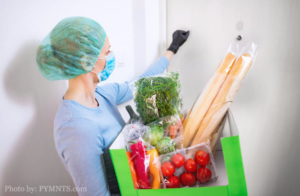
You could imagine a lot of people, if they don’t go to work, they don’t get paid, and so they are less likely to quarantine. So we help them maybe get some support for their rent or groceries. I believe I heard a story where someone was even allowed to have a car payment made because it was about to be repossessed. Part of the congressional funding that counties and states got is specifically to help people get the resources and support they need during this time.
When we are talking with contacts and they tell us it’s difficult for them to quarantine or isolate, we will talk to them about how we can help. We will liaison with the counties and get them the support they need. They might need that rent assistance or they might need help with grocery delivery or a pharmacy delivery, where someone can just drop something off on their porch. We will help them problem solve.
Remember, as communities open up, it’s actually a younger population that’s starting to get sick, and so we do have people with families. We also have folks that are a part of the sandwich generation; they are taking care of kids, but they are also taking care of their parents, and so there is a lot of angst around “how am I going to continue to take care of my family, when I have to be sitting in my home for two weeks?”
Again, we help them problem solve. We help them get the care that they might need to provide to someone else taking care of. It’s complicated and a lot of big feelings come up for people. We are asking people to curtail their movement. And a lot of people don’t love the idea. They’re resistant, but I think they understand that we are really trying to prevent the spread of disease, so their communities can continue to open up. And that’s one thing I like to stress to people who are a little bit resistant: doing the contact tracing is a direct requirement for your communities to keep opening, and so if you want to move through those phases, you really need that cooperation because this is something that the state is looking at to determine whether or not to open up this county or this community.
Part of it is moral support. We want to be sure you are doing this, you know, “What do you need, can we help you?” but also some encouragement and let’s face it, it’s lonely for people too, so having that phone call might actually be a, I won’t say a bright spot, but it might be a good spot, you know for someone who is feeling down to get a call from someone who is there to help.
Everyone we’ve hired, from contact tracer to manager to supervisor, everyone has talked about wanting to help. I think for a lot of people the pandemic and the requested shelter-in-place has really sort of shown us how connected we are. We are so connected to community and to other people, and I think when most of us see people suffering, we want to help. Everyone we’ve interviewed, everyone we’ve talked to has said that “I want to do something about this and this is something I can do” and so I want to impart that there is so much commitment in the workforce that we’ve hired, it’s really heartening and I really think gives us a lot of power and motivation to do an excellent job.
“The most important issue we were trying to address when developing a contact tracing program was a model that not only would help us to connect with people in a timely fashion, but also a model where we could get people the support they might need to be successful in their quarantining or isolation.”
—Marta Induni, Tracing Health
Next: See Part II of our talk with Dr. Induni, in which she discusses how systemic racism and health inequities contribute to COVID-19 rates among Black and Latinx people, how Tracing Health is addressing these issues, and what success looks like.
Work With Us
You change the world. We do the rest. Explore fiscal sponsorship at PHI.
Support Us
Together, we can accelerate our response to public health’s most critical issues.
Find Employment
Begin your career at the Public Health Institute.
